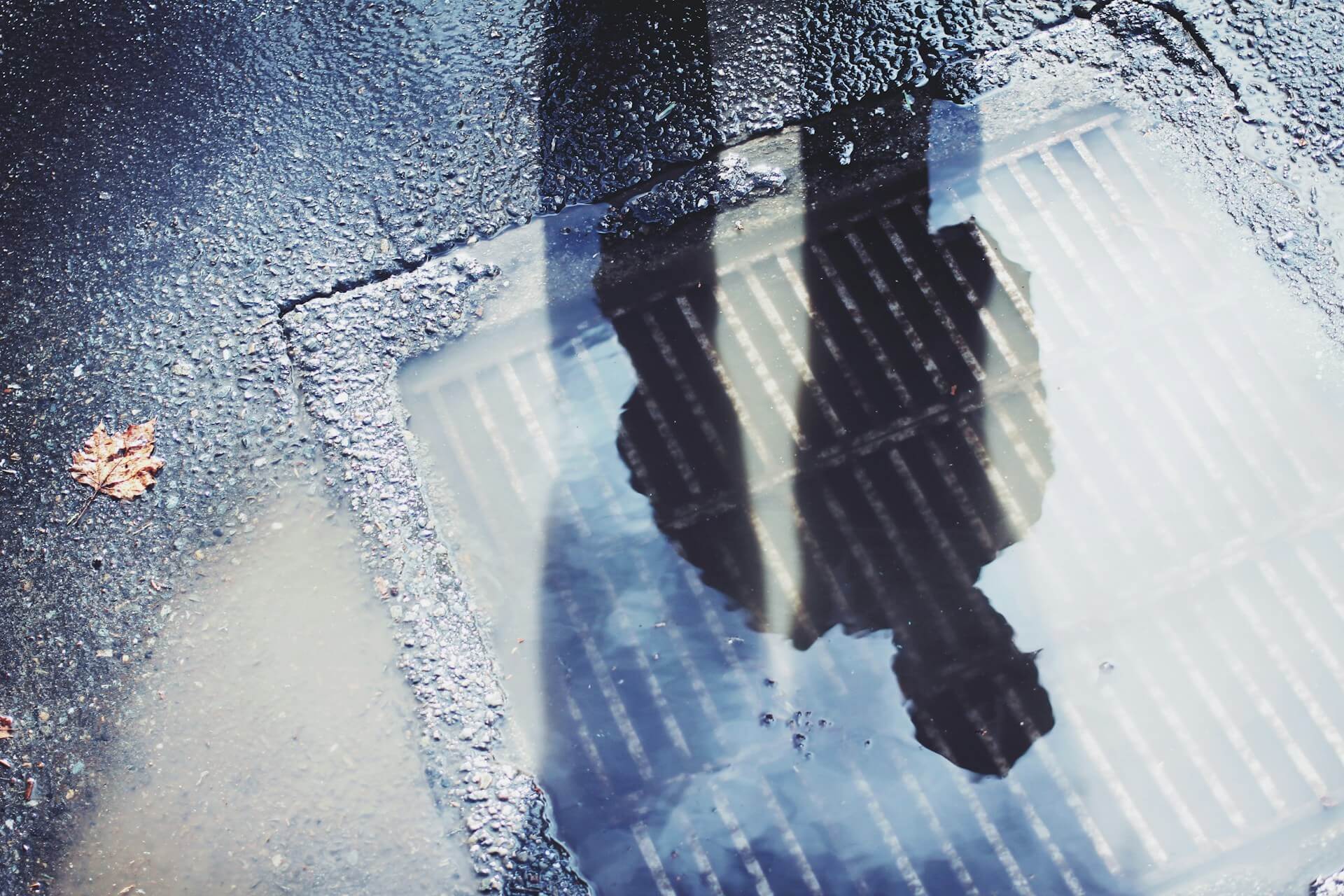Types of Sewer Liners for Damaged Pipes Explained

When dealing with a damaged or collapsed sewer pipe, it's crucial to accurately identify the problem before determining the best course of action. A sewer camera inspection is often the first step, as it allows plumbers to visually assess the condition of the pipe and determine the extent of the damage. Once the problem has been identified, homeowners, property and apartment owners can explore various sewer liner options to rehabilitate the damaged pipe without the need for extensive excavation.
Cured-in-Place Pipe (CIPP) Lining
CIPP lining is a trenchless solution that involves inserting a resin-impregnated felt or fiberglass tube into the damaged pipe. The liner is expanded and hardened, forming a new pipe inside the existing one. This method is particularly effective for repairing cracks, holes, and other structural issues in the pipe. It can be used with a wide range of pipe materials, including clay, cast iron, and PVC.
Pipe Relining
Pipe relining, also known as pipe re-sleeving, involves inserting a flexible liner into a damaged pipe. The liner is expanded and hardened, forming a new pipe inside the old one. Unlike CIPP, pipe relining can involve different materials and methods to address various pipe issues. Both methods are trenchless and less disruptive than traditional pipe replacement, but pipe relining offers broader techniques beyond just CIPP, making it a versatile solution for many situations.
Pipe Bursting
Pipe bursting involves pulling a new, larger pipe through the existing damaged pipe, effectively replacing it. This process allows for the installation of a durable, corrosion-resistant HDPE pipe. Pipe bursting can increase the pipe size, making it versatile. This trenchless method minimizes disruption and is often more cost-effective than open-cut replacement.
Sliplining
Sliplining is a trenchless sewer repair method where a smaller pipe is inserted into the existing damaged pipe. The space between the pipes is filled with grout, creating a new pipe. This trenchless method is useful for long pipe sections where other techniques may not work. Sliplining provides a durable solution without extensive excavation.
Pipe Coating
Pipe coating, or pipe spray lining, involves applying a protective epoxy or resin coating to the interior of the damaged pipe. This creates a new, seamless pipe surface without the need for extensive excavation, making it a cost-effective solution. The coating forms a durable, corrosion-resistant barrier that can extend the pipe's life and prevent further deterioration. Pipe coating is often used for pipes with minor issues, providing a quick and affordable alternative to more extensive repair methods.
Sewer Camera Inspection
A sewer camera inspection is a crucial step in identifying and addressing sewer pipe issues. This non-invasive technique involves using a specialized camera attached to a flexible rod and cable that can be inserted into the sewer pipe. The camera provides a high-definition video feed, allowing the plumber to visually inspect the pipe's condition and identify any problems, such as cracks, blockages, or root intrusion.
Choosing the Right Sewer Liner Solution
When dealing with a damaged sewer pipe, consult a professional to assess the issue and recommend the best liner solution. Understanding the different sewer liner options, like CIPP, relining, and slip lining, helps homeowners make informed decisions. Choosing the right solution ensures the long-term integrity of the sewer system and prevents further damage like leaks. Consulting an expert is crucial for effectively addressing the issue.